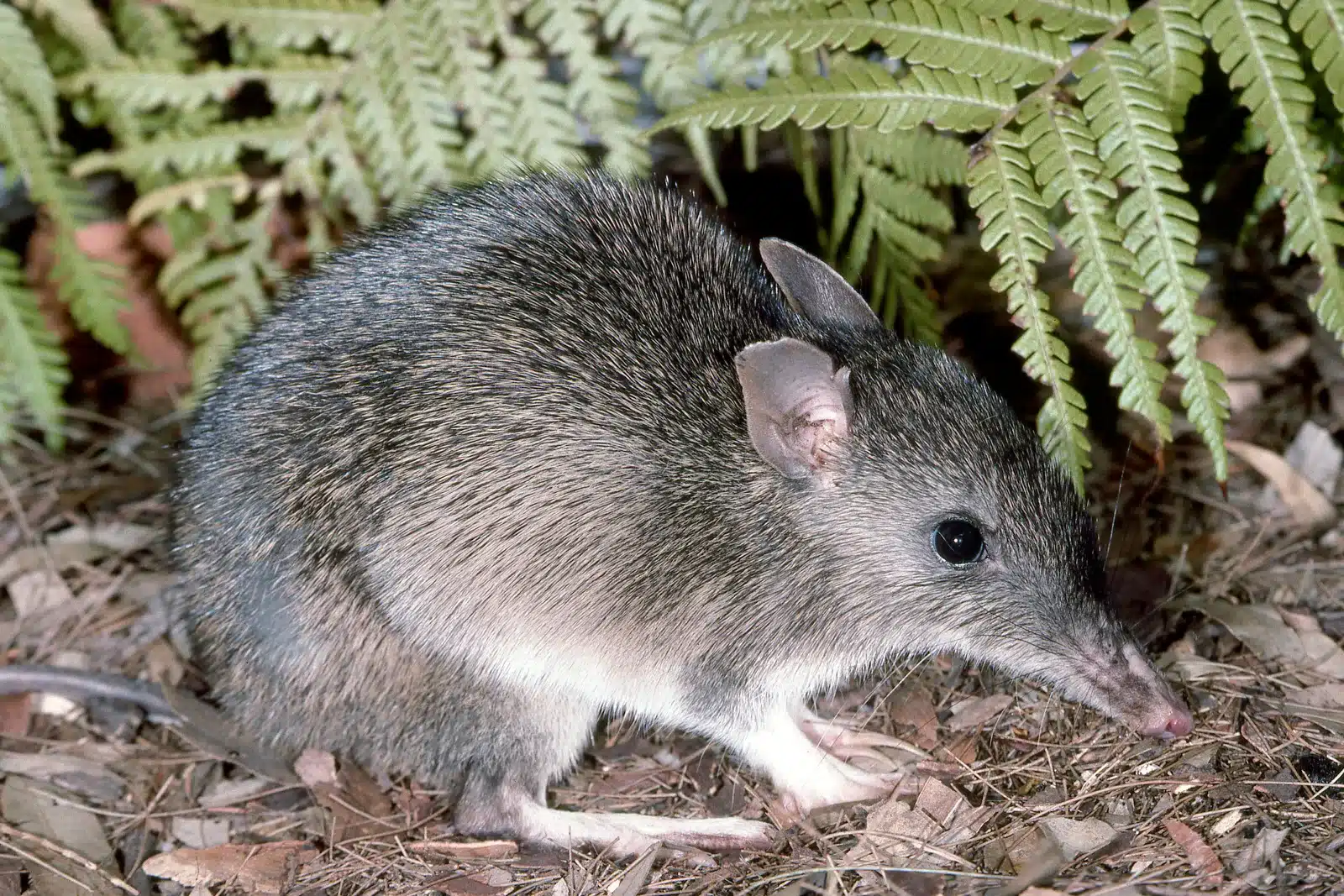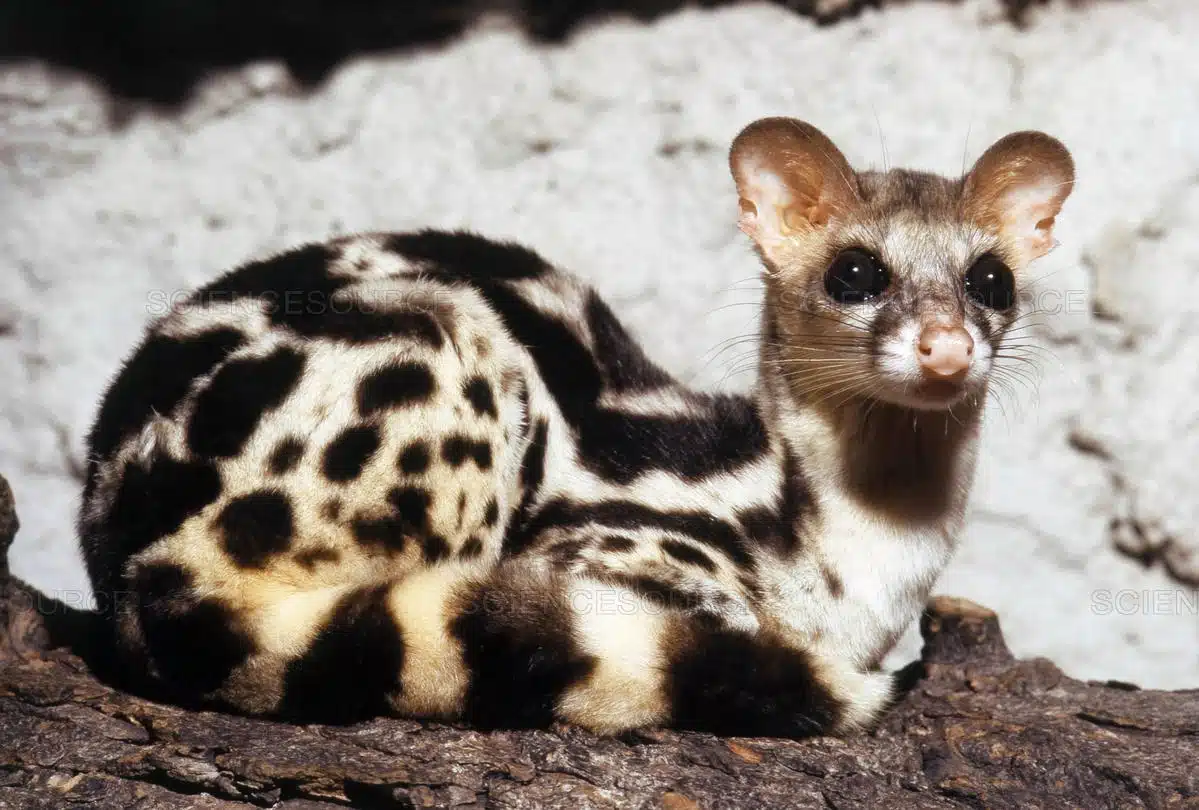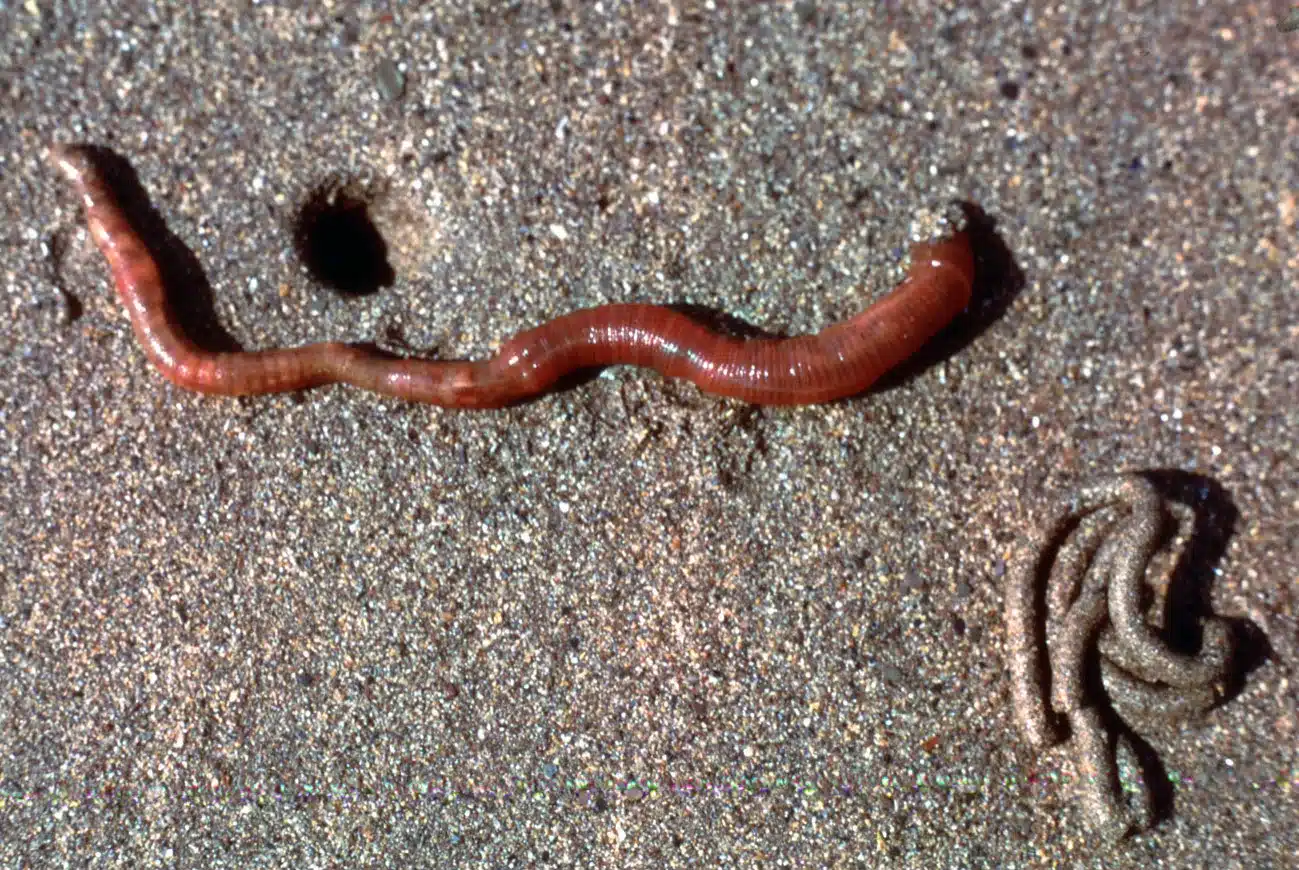The animal kingdom is full of amazing creatures, from big, powerful lions to small, cute ladybugs.
This article will examine 45 awesome animals whose names start with the letter ‘L.’
These animals come in all shapes and sizes, from mammals and birds to reptiles and insects, and they show just how diverse life on Earth can be.
Join us as we explore the cool features, homes, and fun facts about these ‘L’ animals.
Whether you love nature or want to learn more about the world around you, this trip through the animal alphabet is sure to be a fun and exciting adventure.
Join us on the revelation to check out the incredible creatures and the world of animals that start with ‘L’!
1. Lion

The lion is a powerful, majestic cat known for its distinctive mane and fierce hunting abilities. These apex predators play a crucial role in maintaining the balance of their ecosystems.
- Place of Origin: Africa
- Regions of Habitat: Grasslands, savannas, and open woodlands of Africa and India
- Scientific Name: Panthera leo
Interesting Facts: Lions are the only cats that live in groups called prides, which consist of related females and their cubs. Male lions defend the pride’s territory and protect the cubs.
2. Lemur
Lemurs are small to medium-sized primates with long tails, unique vocalizations, and various colorations. These engaging animals are known for their social behavior and adaptability.
- Place of Origin: Madagascar
- Regions of Habitat: Forests, rainforests, and shrublands of Madagascar
- Scientific Name: Lemuroidea
Interesting Facts: Lemurs are known for their unique “stink fights,” where males rub their scent glands on their tails and wave them at rivals to assert dominance and establish boundaries.
3. Lynx

The lynx is a medium-sized wild cat with distinctive tufted ears, a short tail, and a spotted or striped coat. These elusive predators are well-adapted to their various habitats.
- Place of Origin: North America, Europe, and Asia
- Regions of Habitat: Forests, tundra, and rocky areas of North America, Europe, and Asia
- Scientific Name: Lynx spp.
Interesting Facts: Lynx have adapted to snowy environments with their large, furry paws that act like snowshoes, helping them walk on top of deep snow and efficiently hunt their prey.
4. Leopard
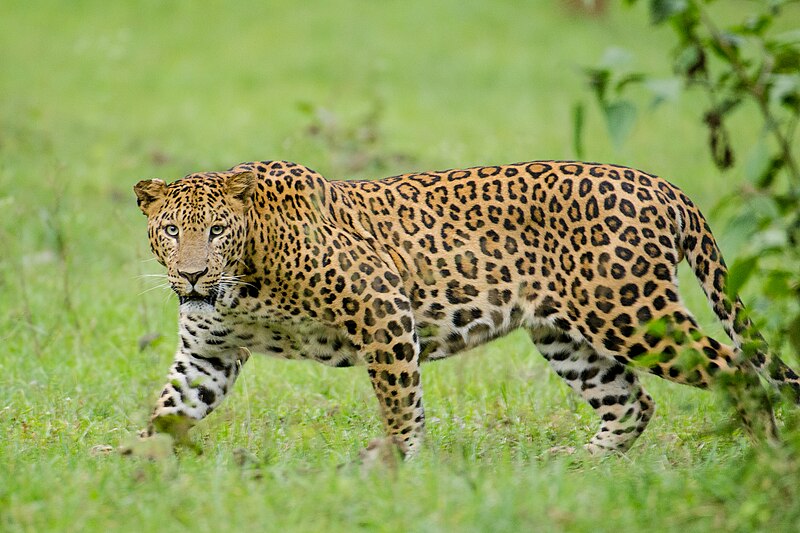
Leopards are sleek, powerful cats known for their distinctive spotted coats and remarkable adaptability. These solitary predators are skilled climbers and hunters, thriving in various habitats.
- Place of Origin: Africa and Asia
- Regions of Habitat: Forests, grasslands, and mountainous regions of Africa and Asia
- Scientific Name: Panthera pardus
Interesting Facts: Leopards are incredibly strong and capable of dragging prey weighing up to three times their body weight up into trees to keep it safe from other predators.
5. Llama
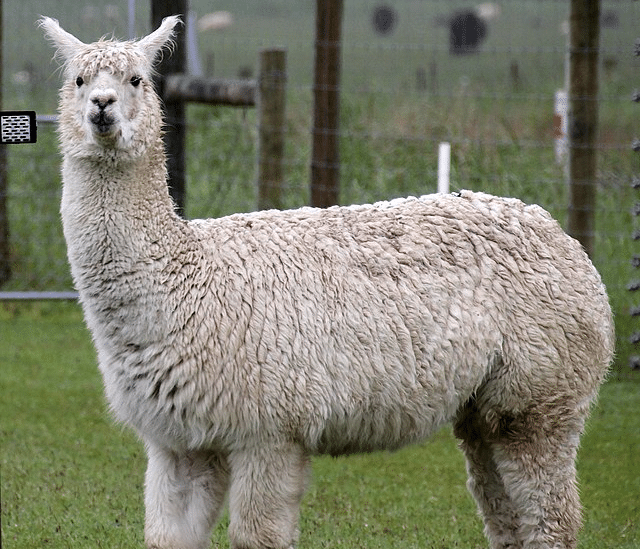
Llamas are large, domesticated camelids native to the Andes Mountains. These social animals are known for their wool, used to make clothing and other textiles.
- Place of Origin: South America
- Regions of Habitat: Andes Mountains of South America
- Scientific Name: Lama glama
Interesting Facts: Llamas are highly social animals that live in herds and communicate with each other through various vocalizations, body postures, and ear and tail positions.
6. Lobster
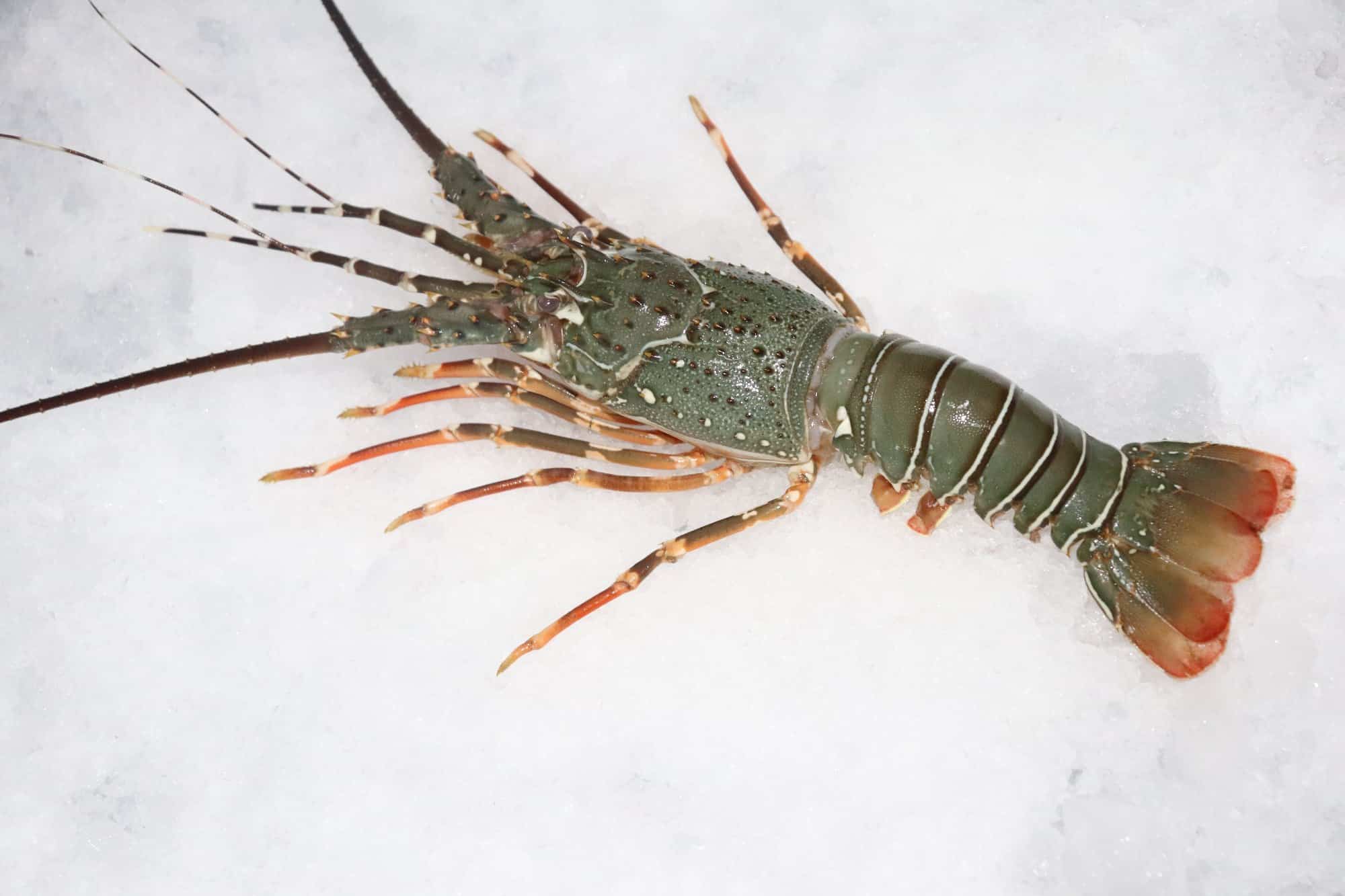
Lobsters are large marine crustaceans with long bodies and muscular tails. These underwater creatures are known for their delicious meat and are highly valued in culinary circles.
- Place of Origin: Oceans worldwide
- Regions of Habitat: Cold and warm water regions of the Atlantic and Pacific Oceans
- Scientific Name: Nephropidae
Interesting Facts: Lobsters can live for over 50 years, and some species can grow up to 4 feet long. They also can regenerate lost limbs.
7. Loris
Lorises are small, nocturnal primates found in tropical and subtropical regions of Asia. These creatures are known for their large, round eyes and slow, deliberate movements.
- Place of Origin: South and Southeast Asia
- Regions of Habitat: Forests and shrublands of South and Southeast Asia
- Scientific Name: Lorisidae
Interesting Facts: Slow lorises are the only venomous primates. They secrete a toxin from glands on their elbows, which they lick to make their bites poisonous.
8. Lycaon

Lycaons, also known as African wild dogs, are social canines known for their unique coloration and highly efficient hunting strategies. These endangered animals live in packs and are skilled predators.
- Place of Origin: Africa
- Regions of Habitat: Grasslands, savannas, and woodlands of Africa
- Scientific Name: Lycaon pictus
Interesting Facts: Lycaons have a unique social structure where all pack members care for the pups and communicate through vocalizations, including whistles and twitters.
9. Lynx Spider
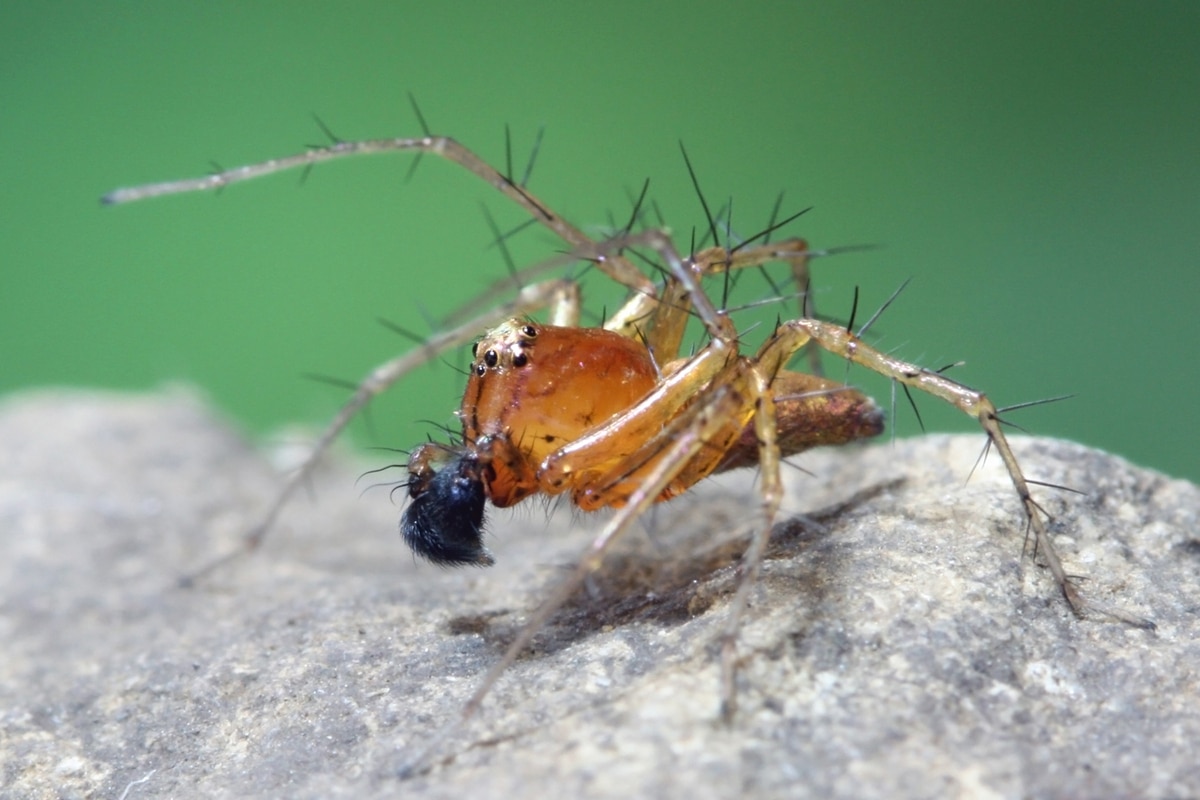
Lynx spiders are small jumping spiders known for their excellent vision and hunting abilities. These arachnids have a distinctive appearance, with large, forward-facing eyes and furry bodies.
- Place of Origin: Worldwide
- Regions of Habitat: Forests, grasslands, and gardens worldwide
- Scientific Name: Oxyopidae
Interesting Facts: Lynx spiders do not build webs but actively hunt their prey during the day, using their excellent vision to locate and pounce on insects.
10. Leaf-tailed Gecko
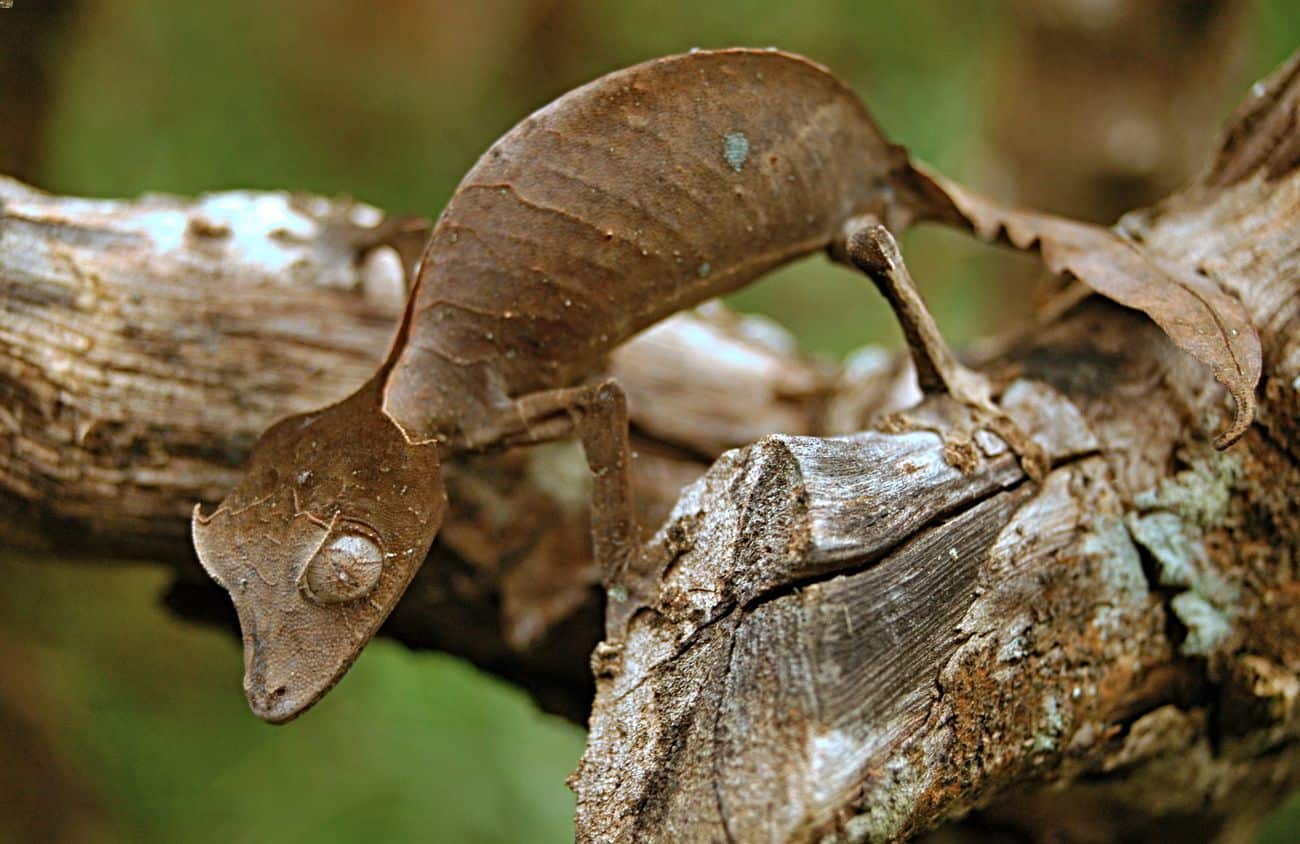
Leaf-tailed geckos are nocturnal lizards known for their incredible camouflage abilities. These masters of disguise have a flat, leaf-like tail and body that blends seamlessly with their surroundings.
- Place of Origin: Madagascar
- Regions of Habitat: Forests of Madagascar
- Scientific Name: Uroplatus spp.
Interesting Facts: When threatened, leaf-tailed geckos can shed their tail as a defense mechanism, leaving the predator with a twitching tail while the gecko escapes.
11. Lowland Streaked Tenrec
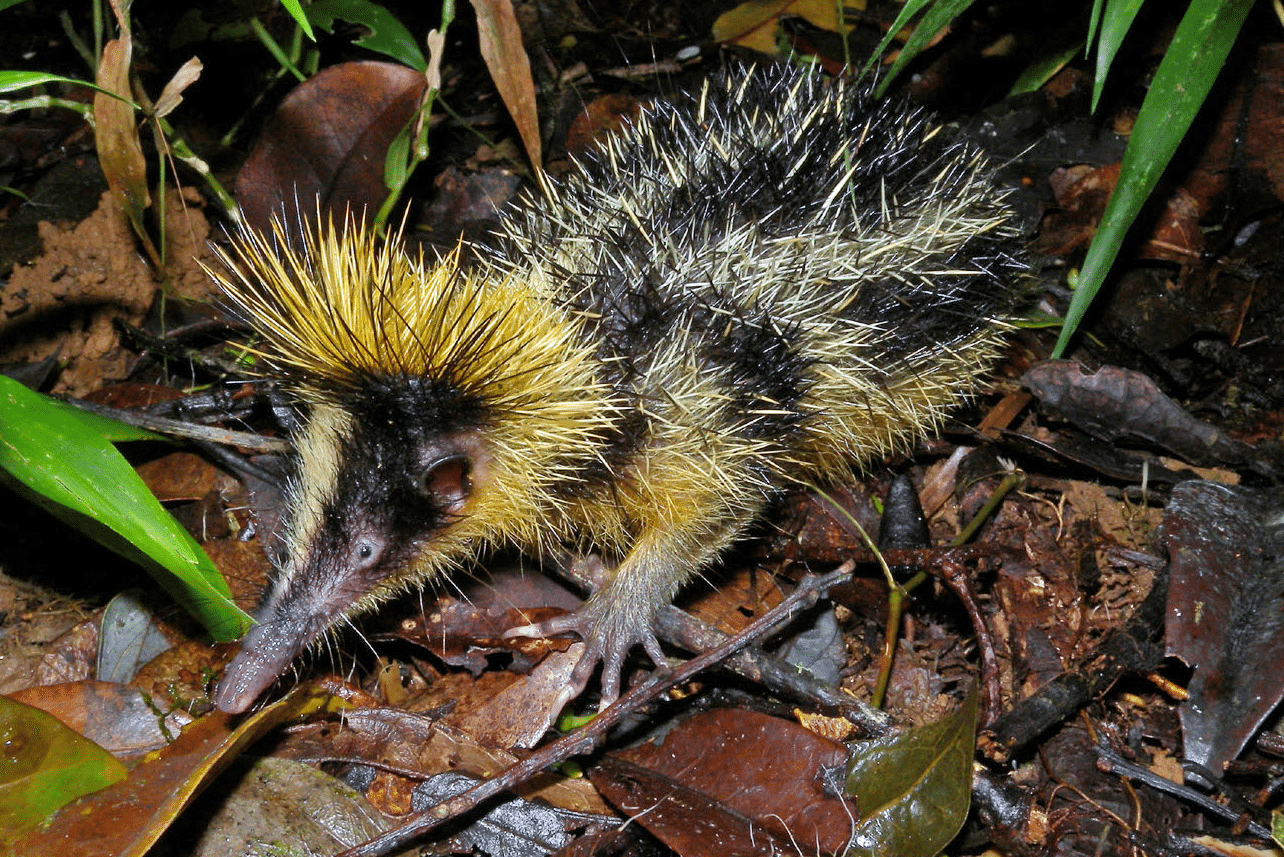
The lowland-streaked tenrec is a small, insectivorous mammal native to Madagascar. These unique creatures have long snout and spiny fur and are known for their unusual defense mechanisms.
- Place of Origin: Madagascar
- Regions of Habitat: Lowland forests and rainforests of Madagascar
- Scientific Name: Hemicentetes semispinalis
Interesting Facts: When threatened, lowland-streaked tenrecs can erect their spiny fur and emit a high-pitched sound by rubbing their quills together, similar to a stridulating insect.
12. Long-eared Jerboa
The long-eared jerboa is a small, nocturnal rodent with distinctive elongated hind legs and ears. These desert dwellers are known for their incredible jumping abilities and unique appearance.
- Place of Origin: Mongolia and China
- Regions of Habitat: Deserts of Mongolia and China
- Scientific Name: Euchoreutes naso
Interesting Facts: Long-eared jerboas can jump up to 3 feet (1 meter) in a single bound, using their long, powerful hind legs to escape predators and navigate their desert habitat.
13. Leopard Seal

Leopard seals are large, predatory seals found in the Antarctic region. These powerful animals are known for their distinctive spotted coats and impressive hunting skills.
- Place of Origin: Antarctic
- Regions of Habitat: Pack ice and cold waters surrounding Antarctica
- Scientific Name: Hydrurga leptonyx
Interesting Facts: Leopard seals are apex predators that feed on various prey, including penguins, other seals, and even small cetaceans like young whales or dolphins.
14. Lancehead Viper
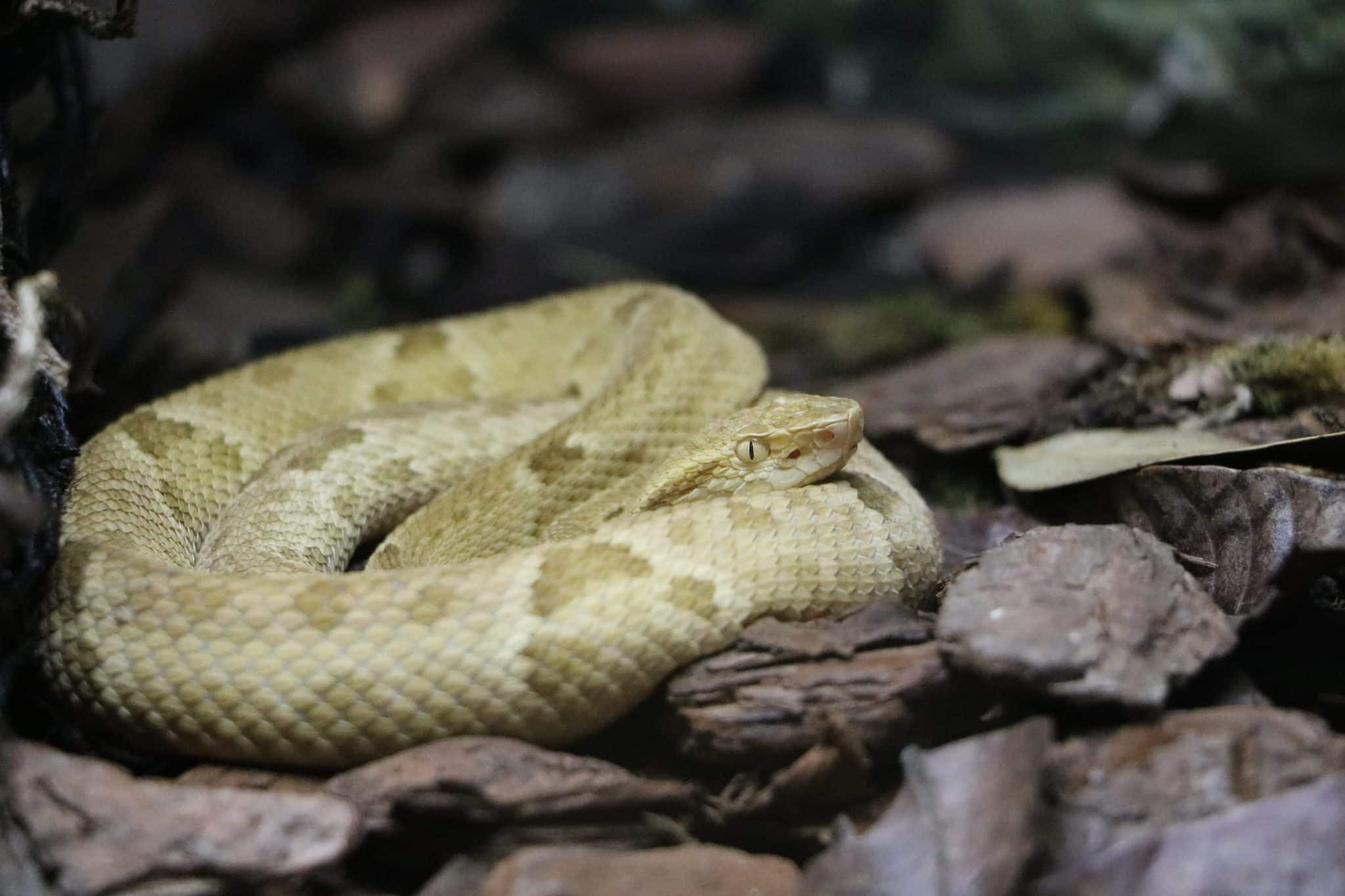
Lancehead vipers are venomous snakes found in Central and South America. These pit vipers are known for their triangular-shaped heads and potent venom, which they use to subdue their prey.
- Place of Origin: Central and South America
- Regions of Habitat: Forests and grasslands of Central and South America
- Scientific Name: Bothrops spp.
Interesting Facts: Lancehead vipers are responsible for most snakebite incidents in their native range due to their widespread distribution and highly potent venom.
15. Laughing Kookaburra
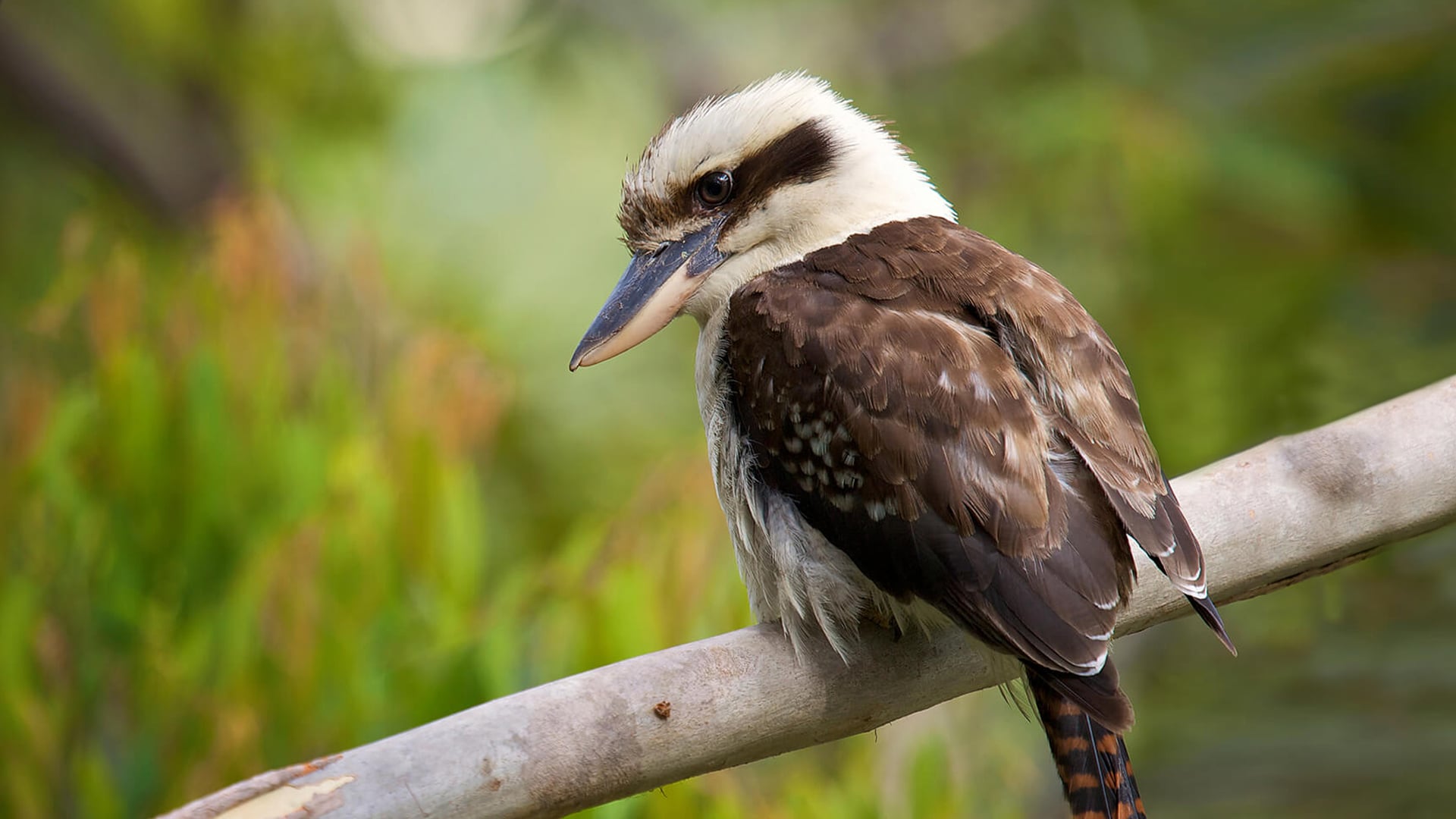
The laughing kookaburra is a large tree kingfisher native to Australia and New Guinea. These birds are known for their distinctive, laugh-like vocalizations and their role in Australian folklore.
- Place of Origin: Australia and New Guinea
- Regions of Habitat: Forests and woodlands of Australia and New Guinea
- Scientific Name: Dacelo novaeguineae
Interesting Facts: Laughing kookaburras are monogamous and maintain their pair bonds for life. They also engage in cooperative hunting, where family groups work together to catch prey.
16. Leaf-cutter Ant
Leaf-cutter ants are fascinating social insects found in Central and South America. These industrious ants are known for their unique behavior of cutting and carrying leaves to their underground nests.
- Place of Origin: Central and South America
- Regions of Habitat: Forests and grasslands of Central and South America
- Scientific Name: Atta spp. and Acromyrmex spp.
Interesting Facts: Leaf-cutter ants don’t eat the leaves they collect; instead, they use them to cultivate a fungus as their primary food source.
17. Liomys
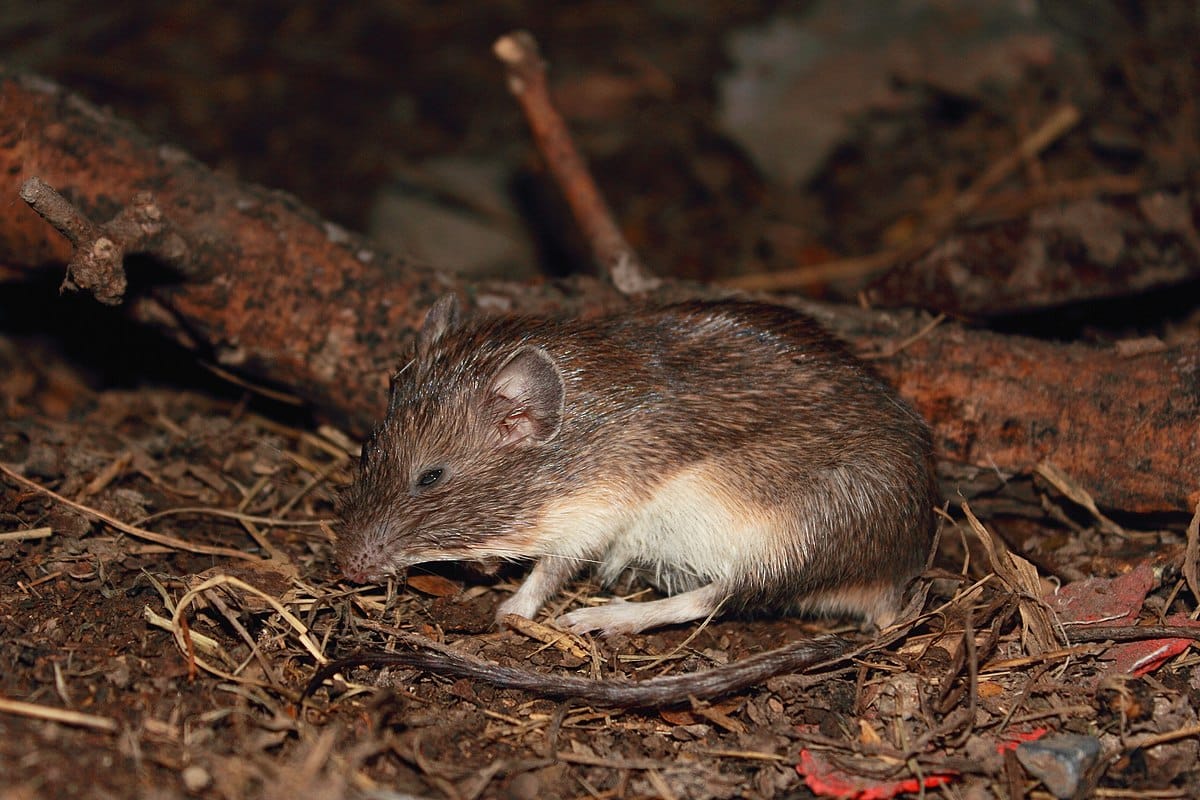
Liomys, also known as spiny pocket mice, are small rodents native to Central and North America. These nocturnal animals are known for their spiny fur and their ability to carry food in their cheek pouches.
- Place of Origin: Central and North America
- Regions of Habitat: Deserts and semi-arid regions of Central and North America
- Scientific Name: Liomys spp.
Interesting Facts: Liomys have a unique defense mechanism: They can detach patches of their spiny skin to escape from predators, similar to how lizards can detach their tails.
18. Lappet-faced Vulture
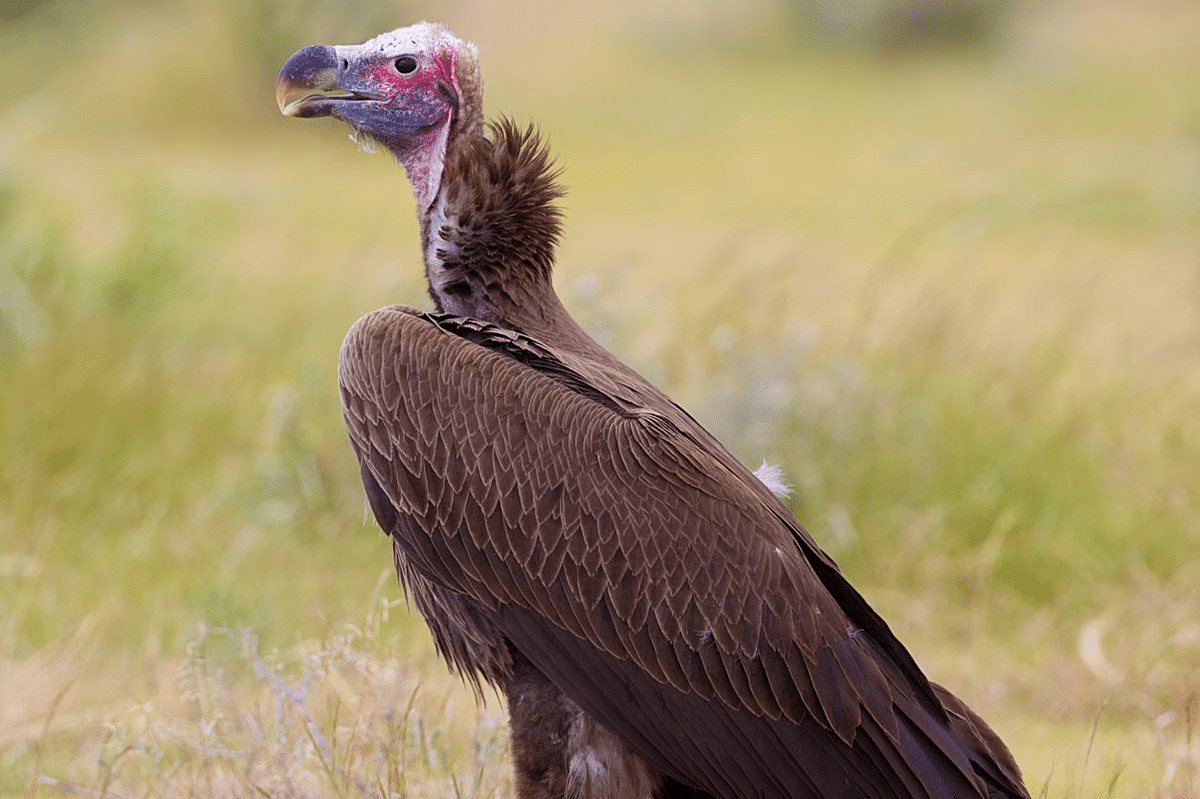
The lappet-faced vulture is a large, impressive bird of prey found in Africa and the Middle East. These scavengers play a crucial role in their ecosystems by cleaning up carrion.
- Place of Origin: Africa and the Middle East
- Regions of Habitat: Savannas, deserts, and mountainous areas of Africa and the Middle East
- Scientific Name: Torgos tracheliotos
Interesting Facts: Lappet-faced vultures have the strongest beak among vultures, allowing them to tear through tough hides and access parts of a carcass that other scavengers cannot reach.
19. Lace Monitor
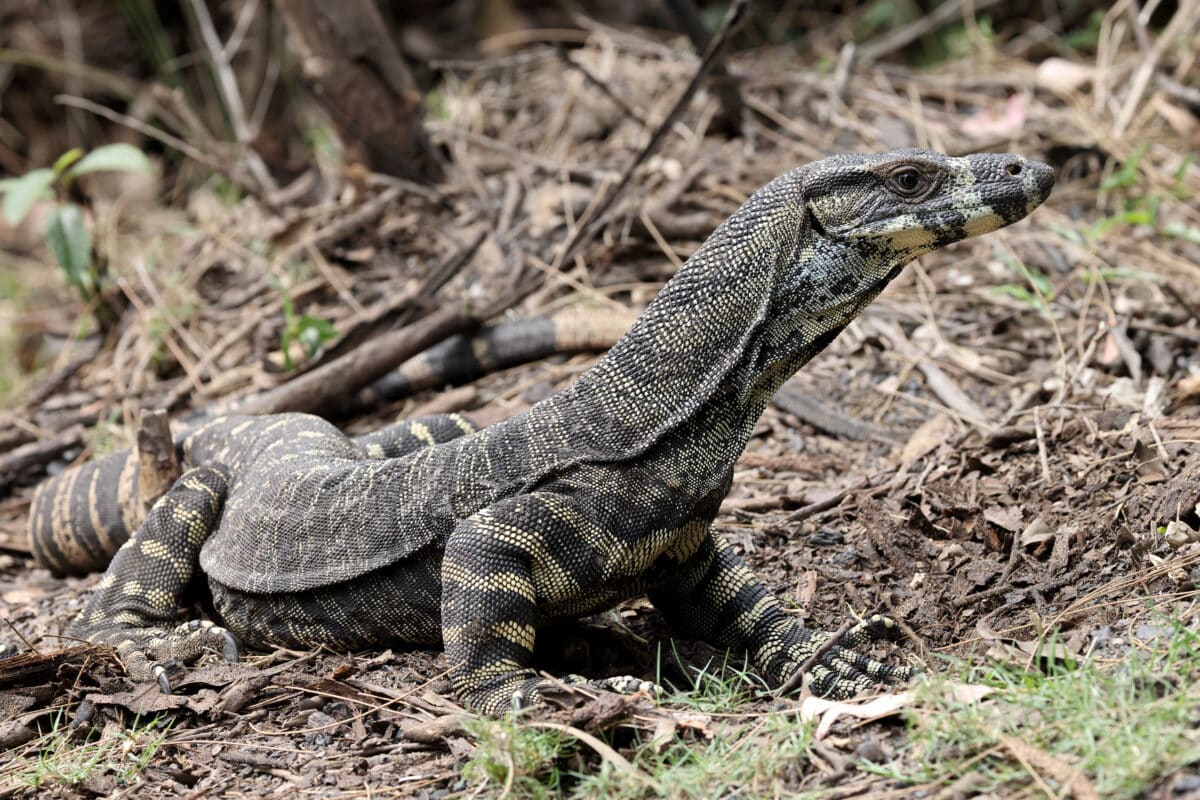
Lace monitors, also known as tree goannas, are large, carnivorous lizards native to Australia. These skilled climbers are known for their distinctive patterned skin and opportunistic hunting behavior.
- Place of Origin: Australia
- Regions of Habitat: Forests and woodlands of eastern Australia
- Scientific Name: Varanus varius
Interesting Facts: Lace monitors are intelligent lizards capable of problem-solving and have been observed using tools, such as sticks, to extract prey from tight crevices.
20. Long-nosed Bandicoot
Long-nosed bandicoots are small, nocturnal marsupials found in Australia. These insectivorous animals are known for their elongated snouts and important role in maintaining ecosystem health.
- Place of Origin: Australia
- Regions of Habitat: Forests, woodlands, and heathlands of Australia
- Scientific Name: Perameles nasuta
Interesting Facts: Long-nosed bandicoots play a crucial role in soil turnover and regeneration, as their foraging behavior helps to aerate the soil and disperse fungal spores.
21. Lesser Flamingo
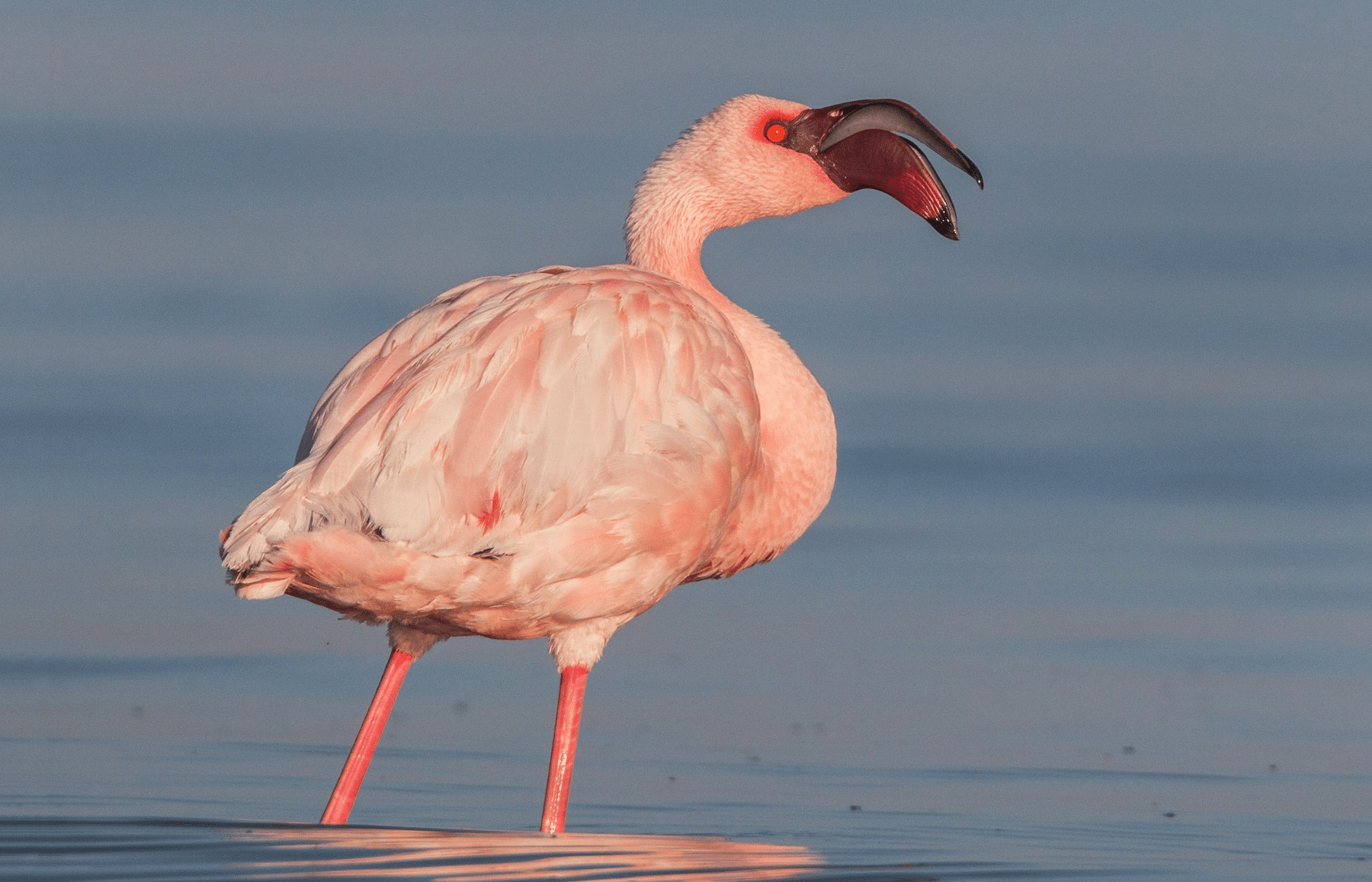
Lesser flamingos are small, colorful, wading birds in Africa and Asia. These highly social birds are known for their distinctive pink coloration and specialized feeding behavior.
- Place of Origin: Africa and Asia
- Regions of Habitat: Shallow lakes and lagoons in Africa and parts of Asia
- Scientific Name: Phoeniconaias minor
Interesting Facts: Lesser flamingos get their pink color from the carotenoid pigments in their diet, primarily of cyanobacteria and small crustaceans.
22. Lamprey

Lampreys are primitive, eel-like fish known for their unique mouth structure and parasitic feeding habits. These jawless fish play important roles in their aquatic ecosystems.
- Place of Origin: Worldwide
- Regions of Habitat: Freshwater and marine environments worldwide
- Scientific Name: Petromyzontiformes
Interesting Facts: Some lamprey species are parasitic and use their sucker-like mouth to attach to other fish, while others are non-parasitic and feed on dead organisms and debris.
23. Leaf-nosed Bat

Leaf-nosed bats are a diverse group known for their distinctive leaf-like protrusions on their noses. These nocturnal mammals use echolocation to navigate and hunt for prey.
- Place of Origin: Central and South America
- Regions of Habitat: Forests and caves of Central and South America
- Scientific Name: Phyllostomidae
Interesting Facts: Some leaf-nosed bat species are specialized nectar feeders, crucial in pollinating various plants, including agave and cacti.
24. Linsang
Linsangs are slender, cat-like mammals native to Southeast Asia. These elusive creatures are skilled climbers known for their beautiful, spotted coats.
- Place of Origin: Southeast Asia
- Regions of Habitat: Forests of Southeast Asia
- Scientific Name: Prionodontidae
Interesting Facts: Linsangs are among the least studied carnivorous mammals. Due to their secretive nature, much of their behavior and ecology remain unknown.
25. Lugworm
Lugworms are burrowing marine worms that play a vital role in coastal ecosystems. These annelids are known for recycling nutrients and aerating the sediment.
- Place of Origin: Coastal regions worldwide
- Regions of Habitat: Tidal flats and sandy beaches worldwide
- Scientific Name: Arenicola marina
Interesting Facts: Lugworms create intricate burrow systems that provide shelter for other marine organisms and help to oxygenate the sediment, promoting the health of the coastal ecosystem.
26. Leafy Seadragon

Leafy seadragons are unique, ornately camouflaged marine fish found off the coast of Australia. These masters of disguise are closely related to seahorses and pipefish.
- Place of Origin: Australia
- Regions of Habitat: Temperate coastal waters of southern and western Australia
- Scientific Name: Phycodurus eques
Interesting Facts: Male leafy seadragons are responsible for carrying and incubating the eggs deposited by the female onto a specialized brood patch on their tails.
27. Langur

Langurs are a diverse group of Old World monkeys found in Asia. These primarily arboreal primates are known for their long tails and various social structures.
- Place of Origin: Asia
- Regions of Habitat: Forests and mountainous regions of South and Southeast Asia
- Scientific Name: Semnopithecus spp. and Trachypithecus spp.
Interesting Facts: Some langur species, like the gray langur, are considered sacred in Hindu mythology and are often protected in and around temples.
28. Leadbeater’s Possum
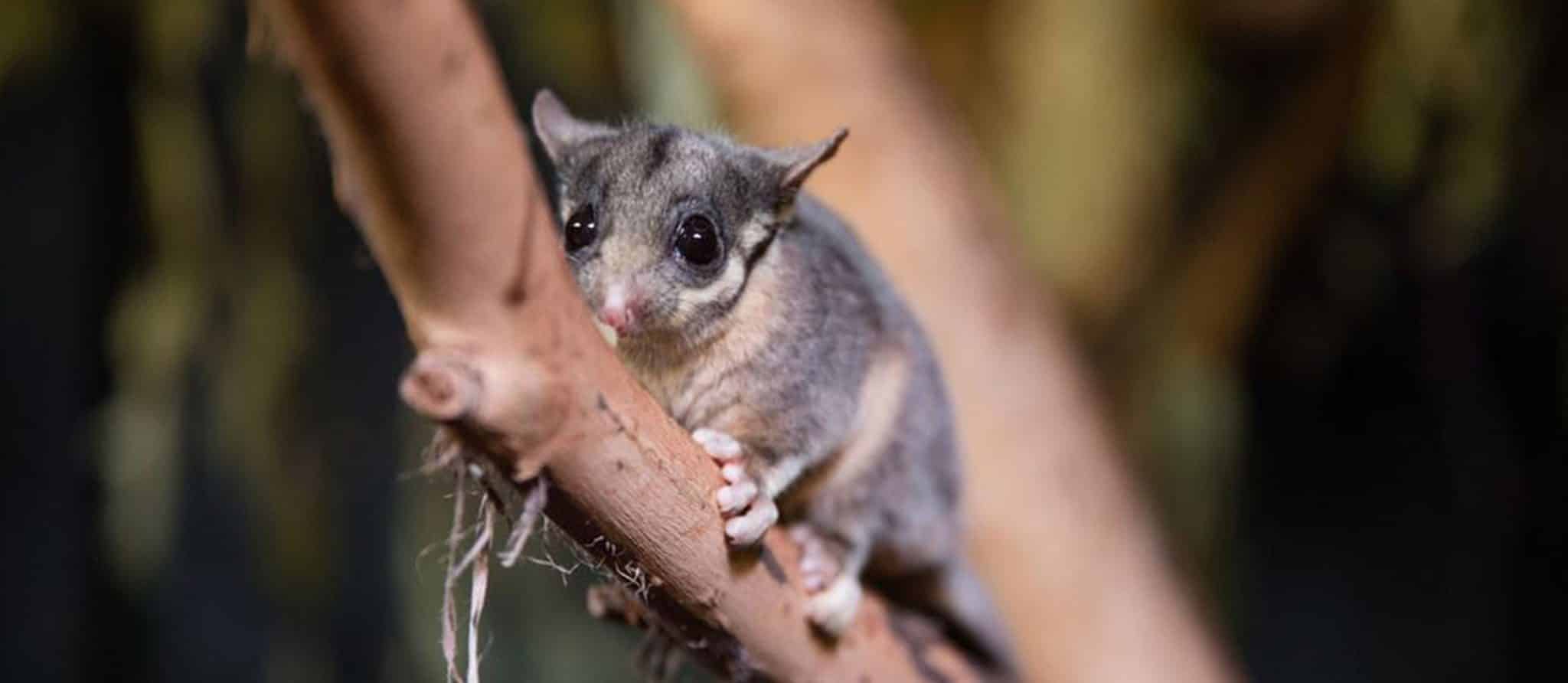
Leadbeater’s possums are small, critically endangered marsupials endemic to Australia. These nocturnal animals are known for their distinctive club-shaped tails and dependence on old-growth forests.
- Place of Origin: Australia
- Regions of Habitat: Mountain ash forests of Victoria, Australia
- Scientific Name: Gymnobelideus leadbeateri
Interesting Facts: Leadbeater’s possums rely on hollow trees for nesting and are highly sensitive to habitat disturbance, making them an indicator species for the health of their forest ecosystem.
29. Limpkin
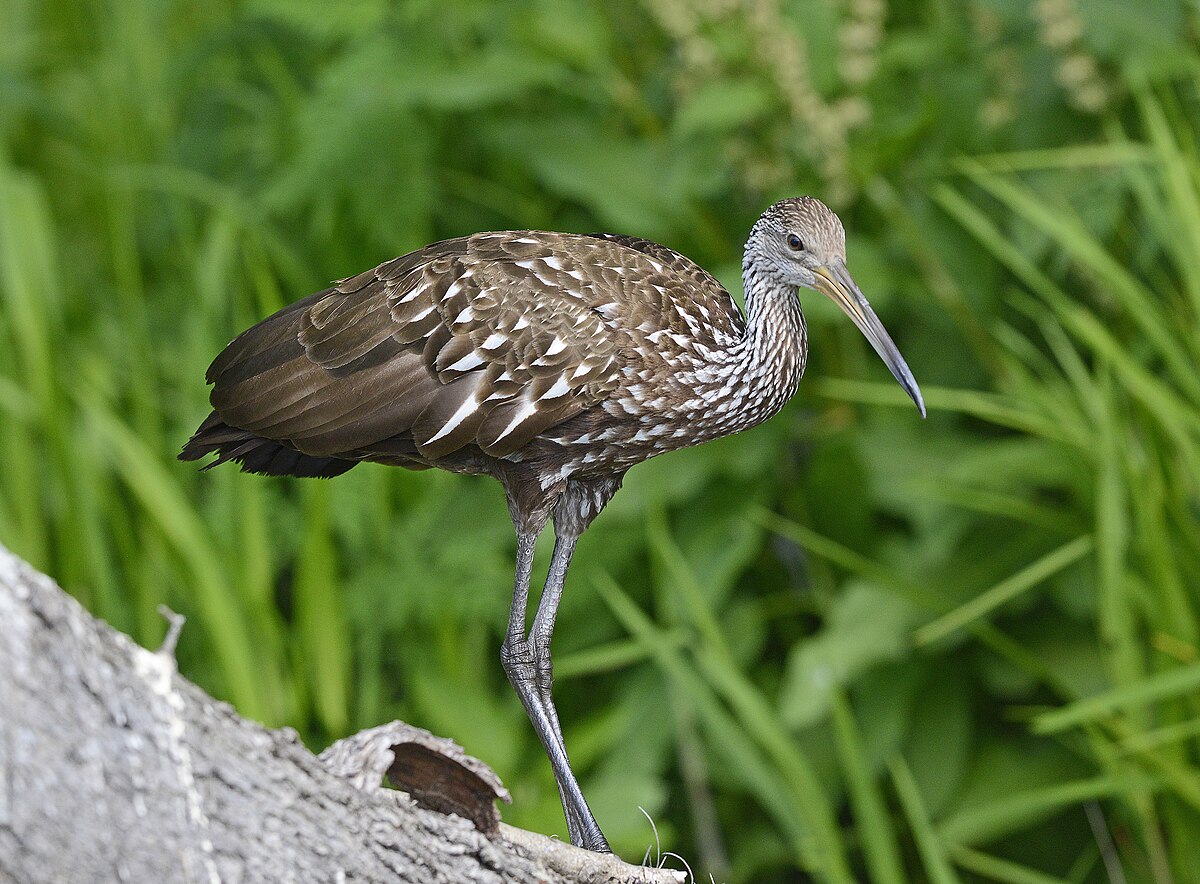
Limpkins are unique wading birds found in the Americas. They are known for their distinctive calls and their specialized diet of apple snails.
- Place of Origin: The Americas
- Regions of Habitat: Wetlands and marshes of the Americas
- Scientific Name: Aramus guarauna
Interesting Facts: Limpkins have specially adapted bills that allow them to extract apple snails from their shells, making them one of the few predators capable of feeding on these mollusks.
30. Lark

Larks are small, ground-dwelling passerine birds known for their melodious songs and ability to sing in flight. These birds are found in various open habitats worldwide.
- Place of Origin: Worldwide
- Regions of Habitat: Grasslands, meadows, and open countryside worldwide
- Scientific Name: Alaudidae
Interesting Facts: Some lark species, such as the skylark, are known for their impressive aerial displays during courtship. Males sing continuously while flying high above their territories.
31. Leopard Cat

Leopard cats are small, spotted wild cats native to Asia. These adaptable felines are skilled hunters known for their beautiful, leopard-like coats.
- Place of Origin: Asia
- Regions of Habitat: Forests, grasslands, and even urban areas of South and Southeast Asia
- Scientific Name: Prionailurus bengalensis
Interesting Facts: Leopard cats are the most widely distributed wild cat species in Asia, and their adaptability has allowed them to thrive in various habitats, including near human settlements.
32. Lynx Spider Crab
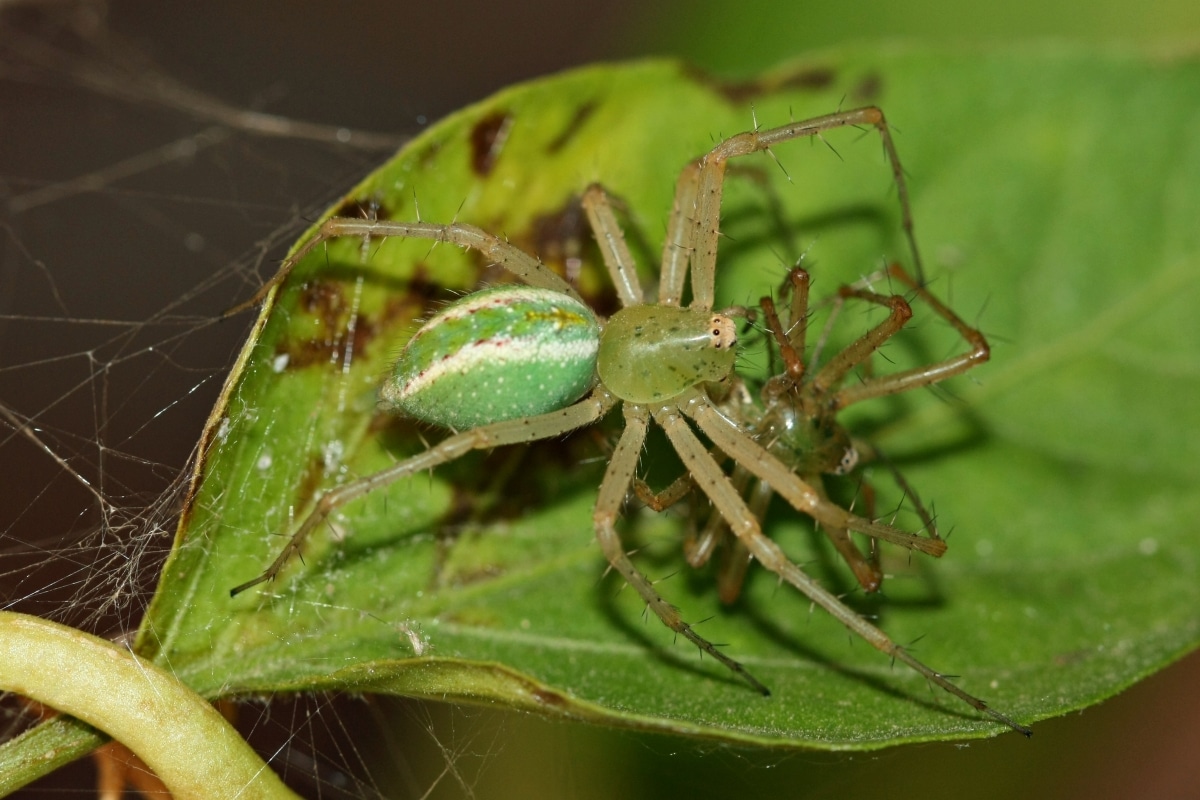
Lynx spider crabs, also known as decorator crabs, are small, cryptic crustaceans that attach bits of algae and other materials to their carapace to camouflage themselves.
- Place of Origin: Indo-Pacific region
- Regions of Habitat: Coral reefs and rocky shores of the Indo-Pacific
- Scientific Name: Naxia spp.
Interesting Facts: Lynx spider crabs carefully select the materials they use for decoration, ensuring that their camouflage matches their surroundings and helps them avoid detection by predators.
33. Leopard Tortoise

Leopard tortoises are large, herbivorous reptiles native to eastern and southern Africa. They are known for the distinctive leopard-like spots on their shells.
- Place of Origin: Eastern and Southern Africa
- Regions of Habitat: Savannas and grasslands of eastern and southern Africa
- Scientific Name: Stigmochelys pardalis
Interesting Facts: Leopard tortoises are one of the largest tortoise species in the world, with some individuals reaching weights of up to 120 pounds (54 kg) and lengths of up to 28 inches (70 cm).
34. Lesser Hedgehog Tenrec
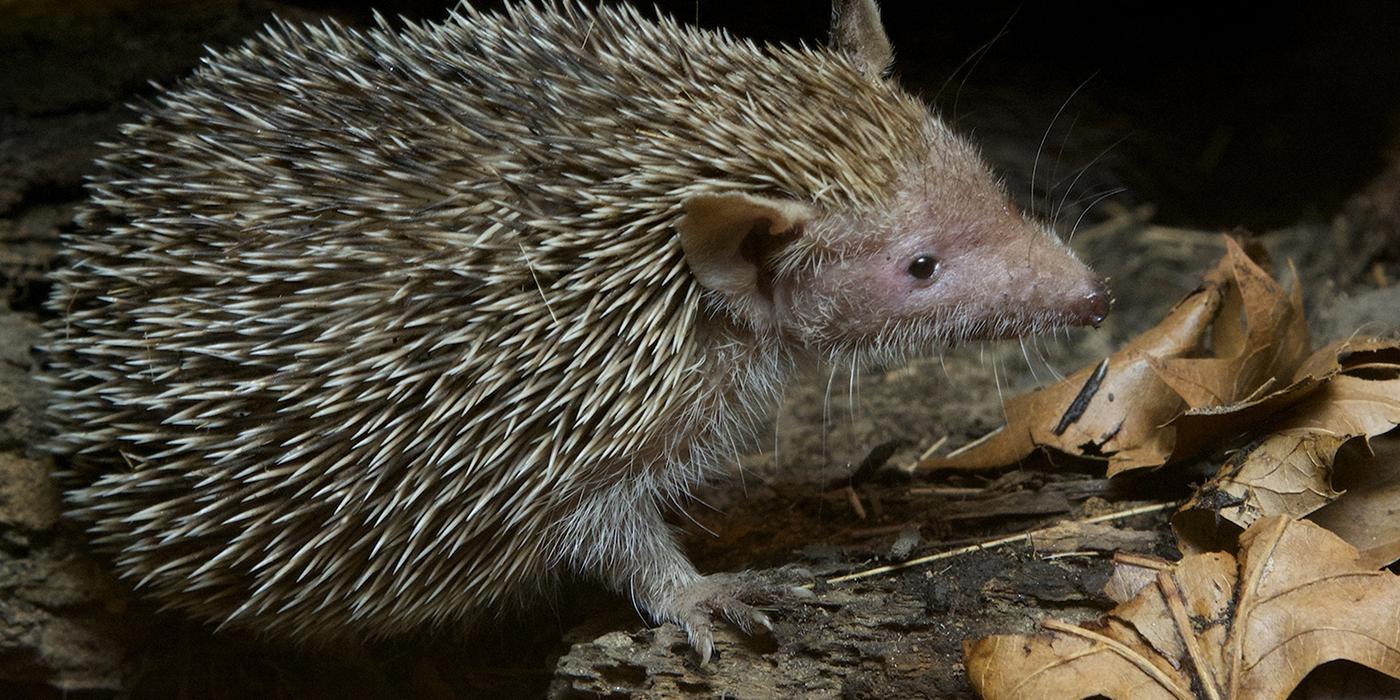
Lesser hedgehog tenrecs are small, insectivorous mammals native to Madagascar. These unusual creatures are known for their spiny coats and ability to enter a state of torpor during food scarcity.
- Place of Origin: Madagascar
- Regions of Habitat: Dry forests and shrublands of Madagascar
- Scientific Name: Echinops telfairi
Interesting Facts: Despite their name and appearance, lesser hedgehog tenrecs are not closely related to hedgehogs; instead, they are members of a unique mammalian family found only in Madagascar.
35. Lacewing

Lacewings are delicate, net-winged insects known for their intricate wing venation and predatory larvae. These beneficial insects control pest populations in many ecosystems.
- Place of Origin: Worldwide
- Regions of Habitat: Various habitats worldwide, including forests, gardens, and agricultural areas
- Scientific Name: Neuroptera
Interesting Facts: Lacewing larvae, known as “aphid lions,” are voracious predators of aphids and other small, soft-bodied insects, making them important natural pest control agents in many ecosystems.
36. Limpet
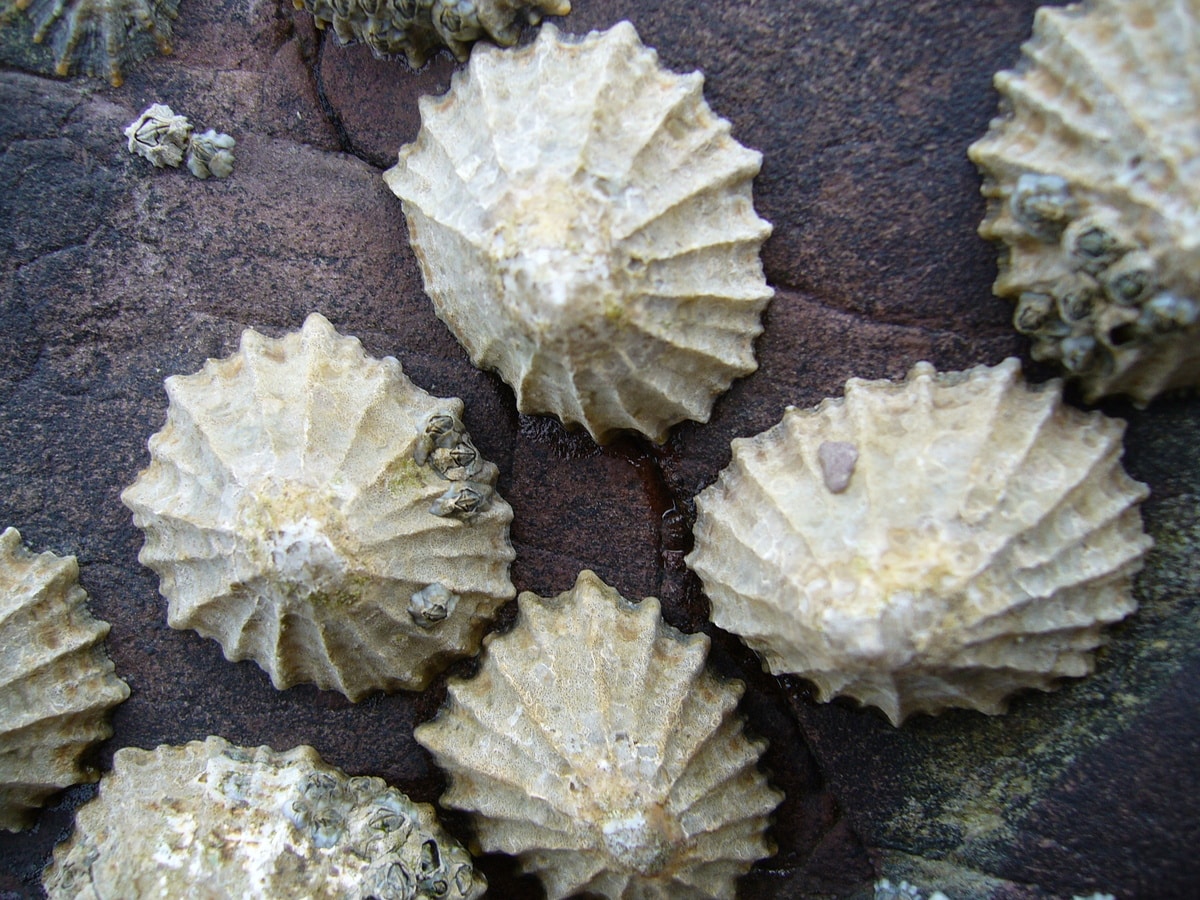
Limpets are small, cone-shaped mollusks that inhabit rocky shores worldwide. These tenacious creatures are known for their strong, muscular foot, which allows them to cling tightly to rocks and resist the force of crashing waves.
- Place of Origin: Worldwide
- Regions of Habitat: Rocky intertidal zones worldwide
- Scientific Name: Patellidae and other families
Interesting Facts: Limpets are often called “living fossils” because their basic body shape and structure have remained largely unchanged for millions of years, reflecting their successful adaptation to life in the harsh intertidal zone.
37. Long-eared Owl

Long-eared owls are medium-sized, nocturnal birds of prey known for their prominent ear tufts and secretive nature. They are found in various wooded habitats across much of the Northern Hemisphere.
- Place of Origin: North America, Europe, and Asia
- Regions of Habitat: Forests, woodlands, and grasslands of North America, Europe, and Asia
- Scientific Name: Asio otus
Interesting Facts: Despite their name, the “ears” of long-eared owls are not ears at all but rather tufts of feathers that help to camouflage the birds and serve as visual cues for communication.
38. Legless Lizard
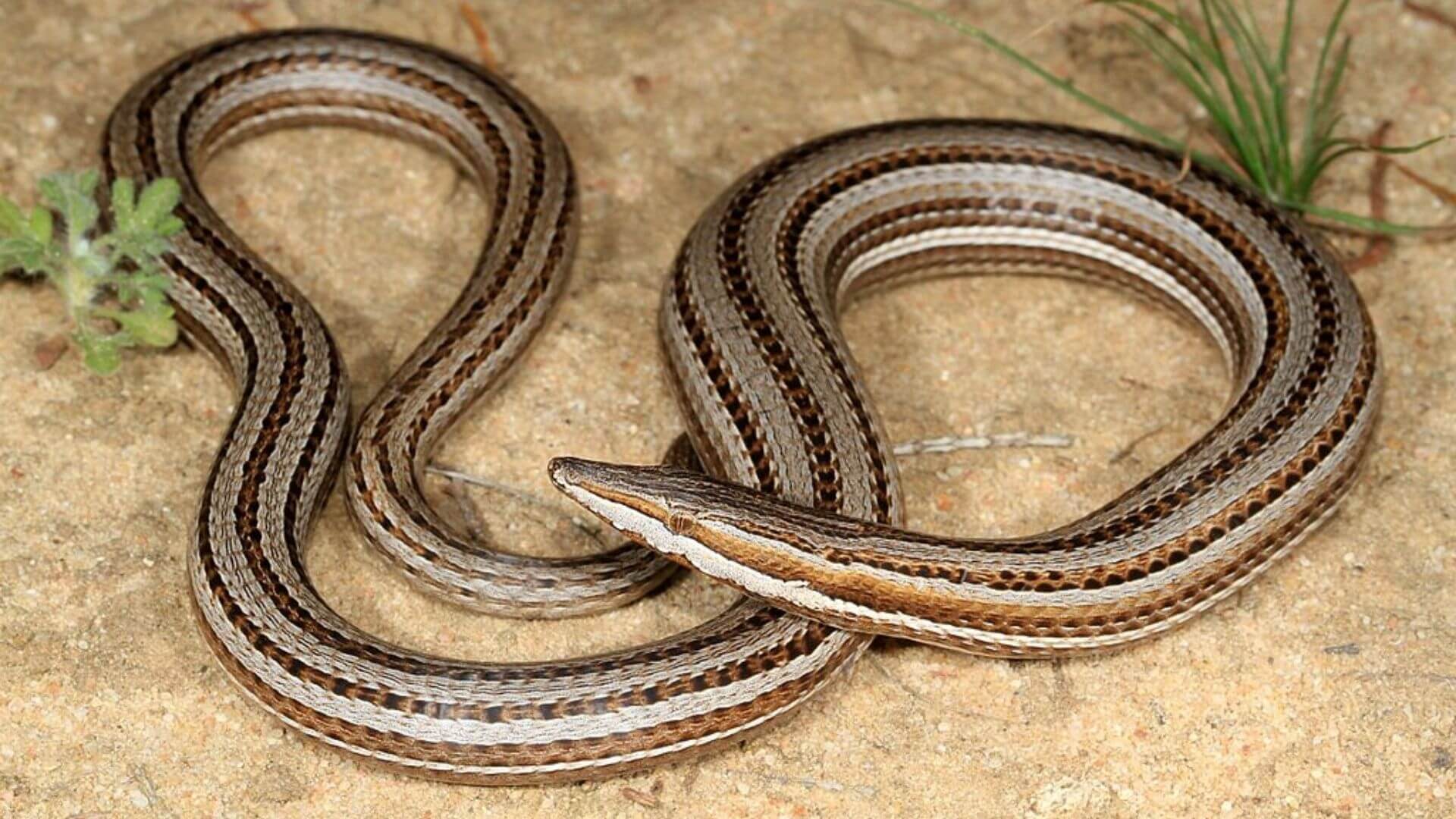
Legless lizards, also known as glass lizards, are a group of reptiles that have evolved to lose their limbs, giving them a snake-like appearance. However, unlike snakes, legless lizards have eyelids and external ear openings.
- Place of Origin: North America, Europe, Asia, and Africa
- Regions of Habitat: Various habitats, including forests, grasslands, and deserts
- Scientific Name: Anguidae and other families
Interesting Facts: Like many other lizard species, some legless lizards can detach their tails when threatened as a defense mechanism. The tail wriggles, distracting the predator and allowing the lizard to escape.
39. Lapwing
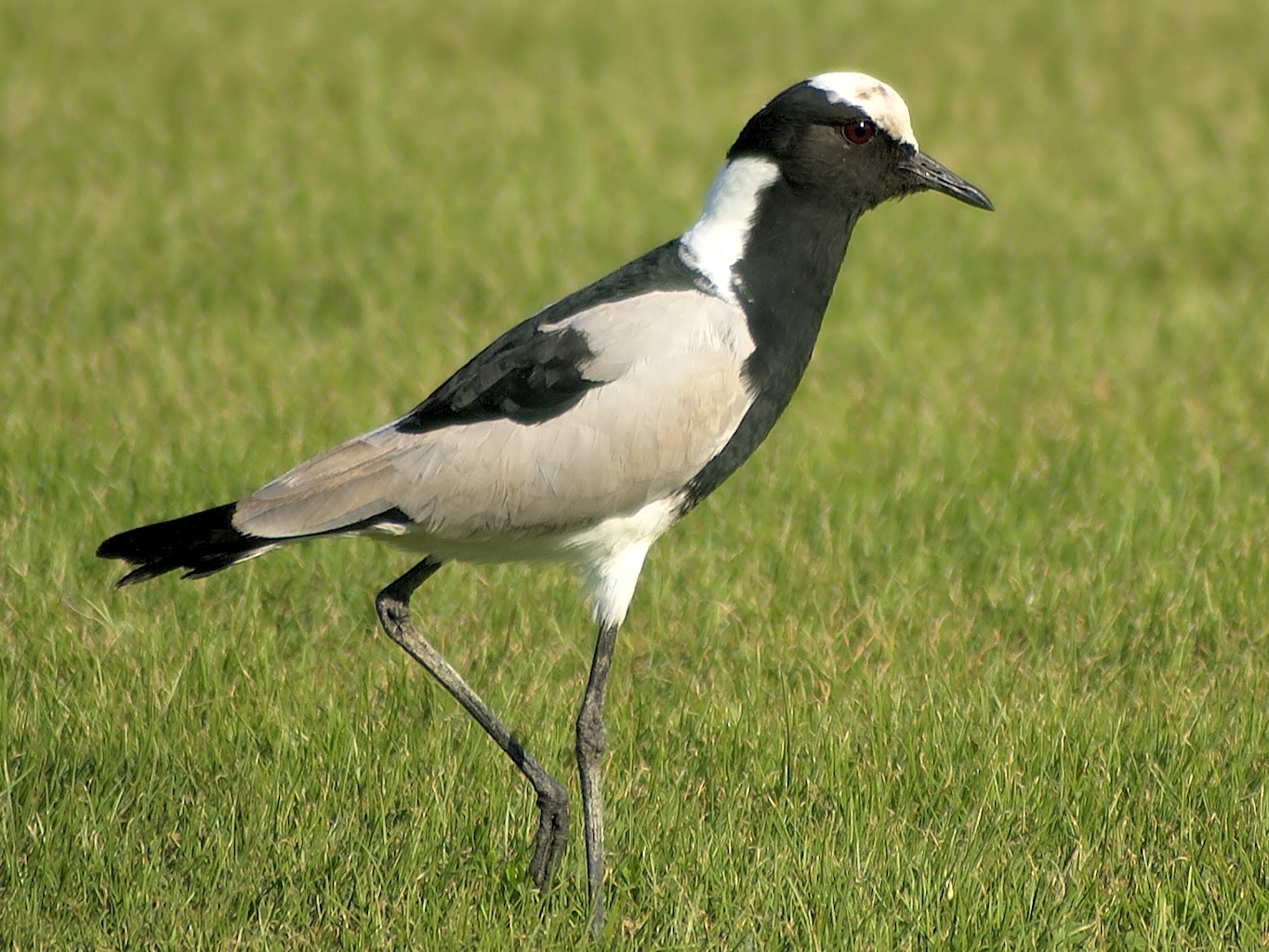
Lapwings are a group of ground-nesting birds known for their distinctive crests and elaborate aerial displays. They are found in various open habitats worldwide, often near water.
- Place of Origin: Worldwide
- Regions of Habitat: Wetlands, grasslands, and agricultural areas worldwide
- Scientific Name: Vanellus spp. and other genera
Interesting Facts: Many lapwing species engage in “broken-wing displays” to distract predators away from their nests. The parent bird will feign an injury, drawing the predator’s attention and leading it away from the vulnerable eggs or chicks.
40. Lanner Falcon

Lanner falcons are powerful, medium-sized birds of prey known for their swift flight and skilled hunting abilities. These falcons are found in various open habitats across Africa, the Middle East, Europe, and Asia.
- Place of Origin: Africa, the Middle East, Europe, and Asia
- Regions of Habitat: Savannas, grasslands, and mountainous regions
- Scientific Name: Falco biarmicus
Interesting Facts: For centuries, Lanner falcons have been highly prized in falconry for their strength, speed, and trainability. They are capable of taking down prey as large as bustards and flamingos.
41. Longhorn Beetle
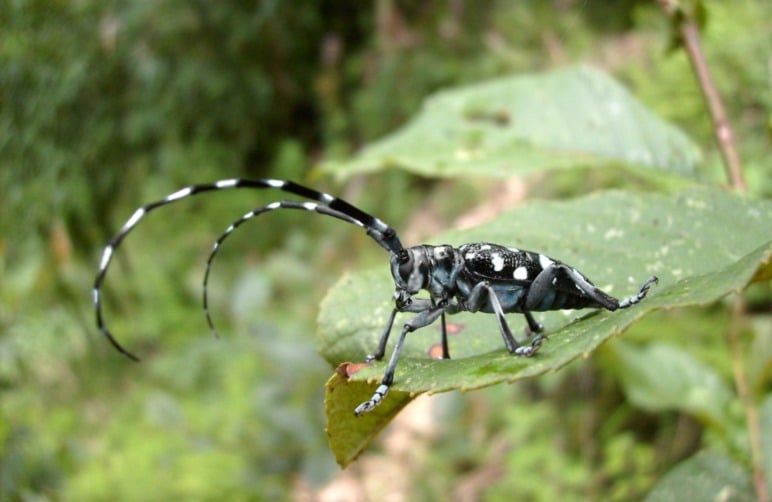
Longhorn beetles are diverse insects known for their elongated antennae, which are often longer than their bodies. They are found worldwide and play important roles in forest ecosystems as decomposers and nutrient recyclers.
- Place of Origin: Worldwide
- Regions of Habitat: Forests, woodlands, and other habitats with woody vegetation
- Scientific Name: Cerambycidae
Interesting Facts: Many longhorn beetle species are important indicators of forest health, as they are sensitive to forest structure and composition changes. Some species are also considered pests, as their larvae can bore into and damage trees.
42. Least Weasel
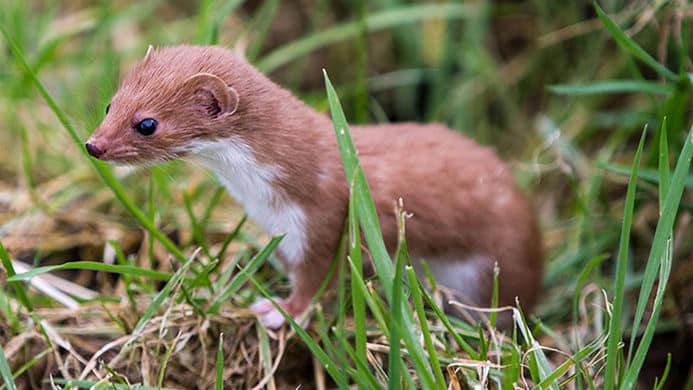
The least weasel is the smallest member of the weasel family. It is known for its slender body, short legs, and fierce hunting skills. These tiny predators are found across much of the Northern Hemisphere and play important roles in controlling small mammal populations.
- Place of Origin: North America, Europe, and Asia
- Regions of Habitat: Various habitats, including forests, grasslands, and tundra
- Scientific Name: Mustela nivalis
Interesting Facts: Despite their small size, least weasels are fearless predators capable of taking down prey much larger than themselves, such as rabbits and hares. They have a high metabolism and must hunt constantly to meet their energy needs.
43. Lancetail
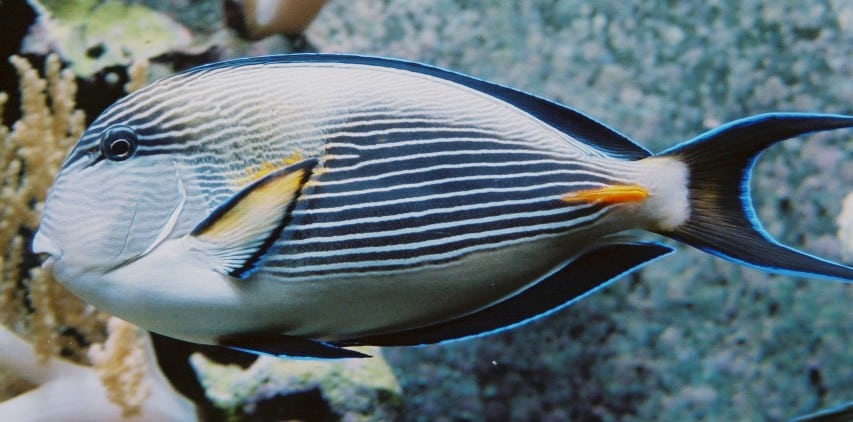
Lancetails, also known as doctorfish, are a group of surgeonfish known for the sharp, lance-like spines on either side of their caudal peduncle (the base of the tail). These colorful fish are found in tropical and subtropical waters worldwide.
- Place of Origin: Tropical and subtropical waters worldwide
- Regions of Habitat: Coral reefs and rocky substrates
- Scientific Name: Acanthuridae
Interesting Facts: Lancetails use their sharp caudal spines to defend against predators and in territorial disputes with other fish. Some species also use their spines to cut through fishing nets, earning them the nickname “doctorfish.”
44. Lemon Shark
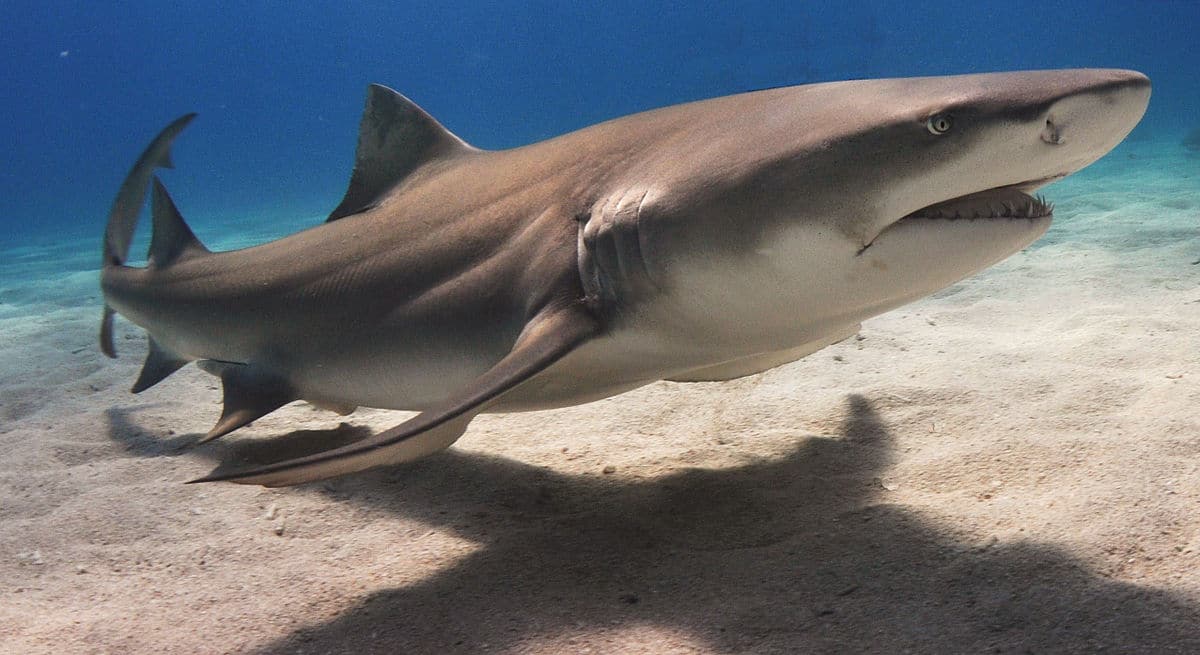
Lemon sharks are large coastal sharks named for their yellowish-brown coloration. They are found in tropical and subtropical waters of the Atlantic and Pacific Oceans and play important roles as predators in nearshore ecosystems.
- Place of Origin: Atlantic and Pacific Oceans
- Regions of Habitat: Coastal waters, estuaries, and mangrove habitats
- Scientific Name: Negaprion brevirostris
Interesting Facts: Lemon sharks are known for their social behavior, often forming large aggregations in specific nursery areas. These sharks are also relatively slow-growing and long-lived, with some individuals reaching ages of over 25 years.
45. Lowland Paca
The lowland paca is a large, herbivorous rodent found in the forests of Central and South America. These nocturnal animals are known for their distinctive spotted coats and important ecological roles as seed dispersers.
- Place of Origin: Central and South America
- Regions of Habitat: Tropical forests and forest edges
- Scientific Name: Cuniculus paca
Interesting Facts: Lowland pacas are among the most important game animals in many parts of their range, as their meat is highly prized for flavor. However, overhunting has led to population declines in some areas.
Conclusion
The animal kingdom is full of incredible creatures, and those beginning with the letter ‘L’ are no exception.
From the powerful lion to the tiny lowland paca, these 45 animals showcase the amazing diversity of life on Earth.
Each species has unique adaptations, behaviors, and ecological roles that make it fascinating to learn about.
Whether you’re a nature lover or simply curious about the world around you, exploring the diverse array of animals that start with ‘L’ is a great way to appreciate the wonders of the natural world.
So, the next time you come across an animal that begins with ‘L,’ take a moment to remember the interesting facts you’ve learned and marvel at the incredible variety of life on our planet.







